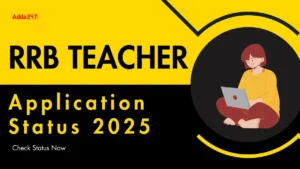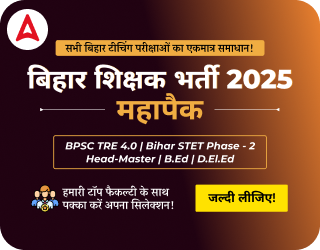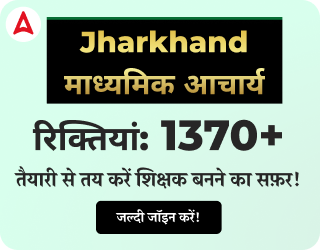Table of Contents
With the UGC NET June 2025 results expected soon, candidates are eager to understand the exam’s opportunities and qualifying criteria. Clearing UGC NET opens doors to three key pathways: Junior Research Fellowship (JRF), Assistant Professor eligibility, and PhD admissions. The JRF remains the most competitive, awarded only to the top 6% of qualifying candidates. But what marks are needed to secure this distinction? Let’s break down the expected cut-offs, previous trends, and key factors that determine the JRF qualifying score.
JRF Minimum Qualifying Marks
To be considered for JRF, candidates must secure a higher cutoff compared to those applying only for Assistant Professor eligibility. While the exact qualifying marks fluctuate each year based on various factors, a general guideline exists. Typically, candidates need to score around 120 out of 300 in the UGC NET exam. This translates to:
- General Category: 40% aggregate marks
- Reserved Categories (OBC, SC, ST, PwD): 35% aggregate marks
Key Factors That Influence JRF Qualifying Marks
While the qualifying marks provide a baseline, several dynamic factors determine the actual cutoff each year. Understanding these elements can help candidates strategize their preparation effectively:
- Number of Candidates Appearing: The total number of applicants significantly impacts the JRF cutoff. With more candidates competing for limited positions, the cutoff tends to rise. Conversely, a lower number of candidates may lead to a relatively lower cutoff.
- Difficulty Level of the Exam: The complexity of the UGC NET exam varies each year. If the exam is particularly challenging, the cutoff may be lowered to accommodate a fair selection process. On the other hand, an easier paper typically results in a higher cutoff, as more candidates achieve higher scores.
- Subject-Specific Cutoffs: Different subjects have varying cutoff trends. Some subjects, due to high competition or overall better performance by candidates, may have a higher cutoff. Aspiring candidates should analyze past cutoff trends for their specific subject to set realistic targets.
- Category-Based Cutoff Variations: The cutoff marks differ based on candidate categories:
-
- General Category: Higher cutoff due to intense competition.
- OBC, SC, ST, and PwD Categories: Comparatively lower cutoffs, ensuring fair opportunities for all.
How to Improve Your Chances of Qualifying for JRF?
With JRF being a highly competitive award, candidates must adopt a focused and structured approach to preparation. Here are some tips to boost your chances:
- Understand the Exam Pattern: Familiarize yourself with the syllabus and previous years’ trends.
- Time Management: Allocate time wisely to all subjects and practice regular mock tests.
- Focus on Strengths: Strengthen your grasp on high-scoring topics while improving weaker areas.
- Stay Updated: Keep track of the official UGC NET notifications for the latest updates on cutoffs and results.




 RRB Teacher Application Status 2025, Che...
RRB Teacher Application Status 2025, Che...
 OSSC LTR Mains Admit Card 2025 Out, Step...
OSSC LTR Mains Admit Card 2025 Out, Step...
 REET Certificate 2025 Download link Out ...
REET Certificate 2025 Download link Out ...




